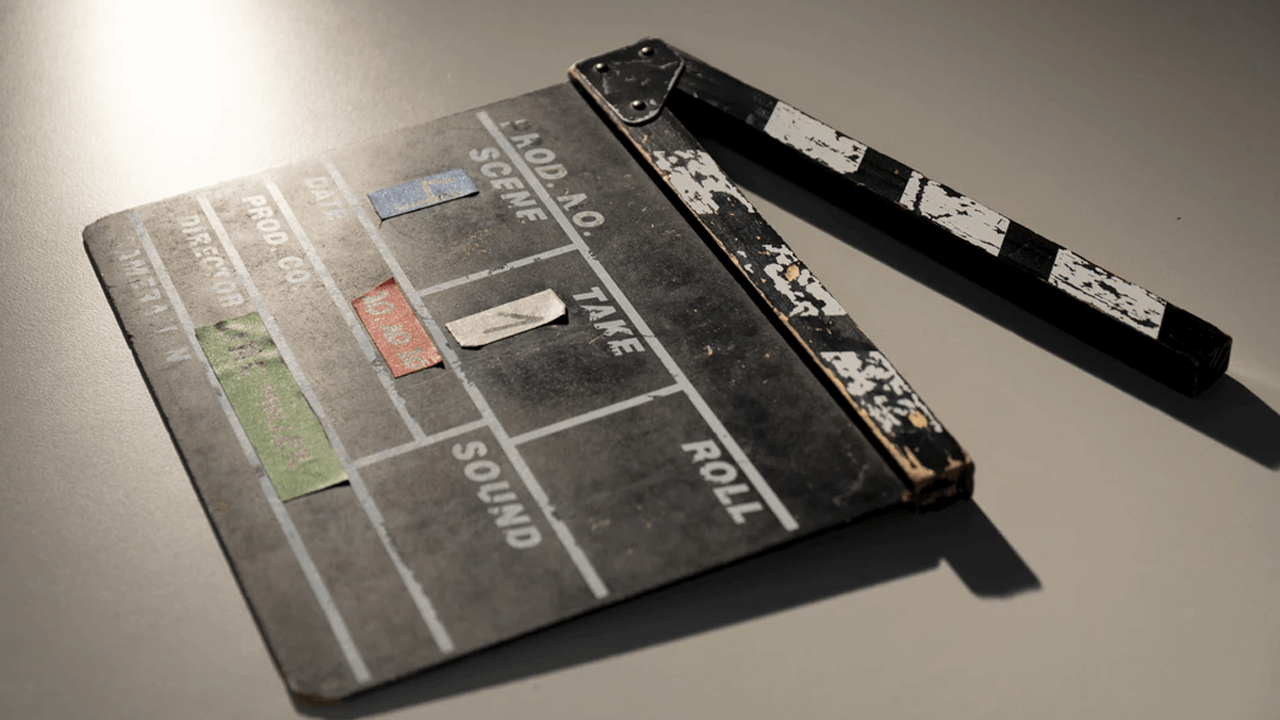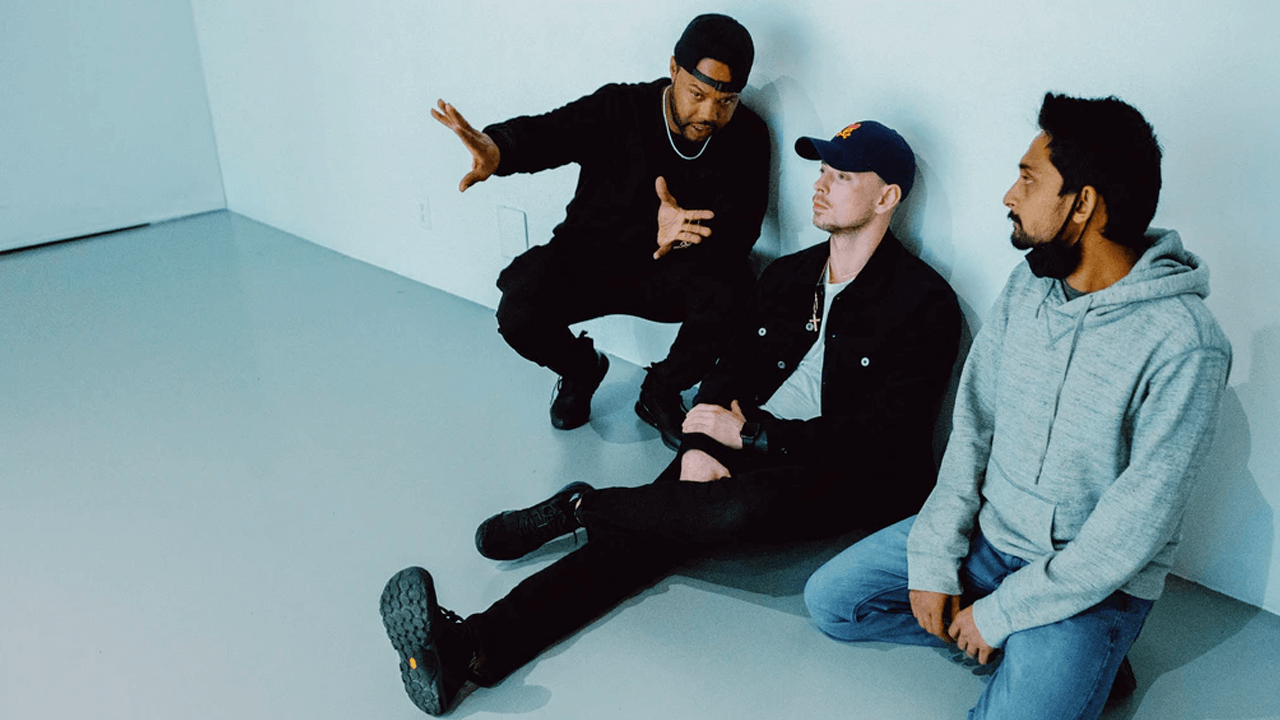YouTube Video Outline - How to Plan Content (Template Included)
Oct 4, 2021
Have you ever created a YouTube video outline before? If you haven't, you might want to consider doing so, as they've been proven to be beneficial for creating higher-quality videos.
When I first started creating YouTube videos in 2011, I did not plan my videos- and it showed. Eventually, I started to take a more methodical approach to YouTube. I planned my videos, filmed consistently, etc, and wouldn't you know it- I saw more success.
In this article, you will learn:
What Is a YouTube Video Outline?
How to Plan a YouTube Video
Video Outline Template
Read on and learn how a video outline can help assist you in planning your YouTube videos, and how you can use the H.I.C.C. structure to create an outline template.
What Is a YouTube Video Outline?

You might be wondering- what is a YouTube video outline? Is it similar to a script? Or, is it something different?
A video outline is designed to highlight and address the most important areas of interest of a video and to help direct the filming process. Outlines are designed in a way that helps videos flow together from scene to scene.
It's important to recognize that an outline is not the same thing as a script. Think of an outline as a script without lines written. Scenes are mapped out, but there are no lines created for the scenes.
Some outlines are very detailed and methodical, whereas others are created in a way that offers more flexibility. Depending on the video being filmed, one style of outline might be more ideal than the other.
How to Plan a YouTube Video

Some content creators fully script their videos, whereas others simply outline key areas of interest. How you decide to do things is up to you. What's important, however, is that you take the time to plan your YouTube videos.
Here's how to plan a YouTube video:
- Select a video topic
- Define your target audience
- Outline key areas of interest
- Plan your hook
- Create a video outline
Let's go over this process in more detail.
1. Select a Video Topic
Most content creators do not plan out what they are going to talk about in their videos. They sit down, press the record button on their camera, and say whatever comes to mind. This is not how you should be filming videos if you want to see success.
Before sitting down to record a video, you must select a video topic. Selecting a video topic beforehand will allow you to develop a plan of action. Videos that are planned often perform better than those that are not planned.
Think about it- how are you supposed to plan a video if you don't know what topic you're going to cover? This is why many content creators struggle to create high-quality, cohesive videos.
2. Define Your Target Audience
After selecting a video topic, your next goal should be to define your target audience. In other words, determine who is most likely to be your viewers for your video. Define these viewers by age, experience level, etc.
Defining your target audience is important because it will allow you to create videos that resonate better with your video viewers. When videos resonate with viewers better, they perform better.
Depending on your determined target audience, it might be a good idea to use certain words or phrases, for example. You wouldn't try discussing rocket science with a toddler- they wouldn't understand anything. This same approach should be taken when creating videos.
3. Outline Key Areas of Interest
You do not need to script your videos fully, but it is a good idea to outline key areas of interest related to the topic you're discussing. Outlining key areas of interest will help you create a video that flows better and provides value to viewers.
An important metric on YouTube is audience retention. If your videos fail to retain viewers, they will perform poorly. A way to keep viewers engaged is to talk about relevant areas of interest. Rambling on about irrelevant things will provide the opposite effect.
Try outlining 3-4 key points that should be covered in a video. The key points should help viewers extract the most value possible from the video. Do not include any insights that will not provide value to viewers.
4. Plan Your Hook
Speaking of audience retention, one of the ways to improve this metric is to feature a good hook in the first 15 seconds of your videos. Why is this? Well, this is because most viewers decide to stay or leave a video based on what they see in the first 15 seconds.
Your hook should speak directly to your determined target audience and entice them to continue watching your video. This can be done by:
- Providing a summary about your video
- Displaying an eye-catching visual element
- Stating an attention-grabbing line
- Showing a "Coming Up" teaser
Something to keep in mind is that your hook must be relevant to the video at hand. Do not include a video clip of somebody skydiving if your video is about washing a car, for example. Using bait-and-switch tactics is never a good idea on YouTube.
5. Create a Video Outline
Using your hook and key points of interest, your next objective should be to create a video outline. An outline should be easy to follow and should flow together naturally to encourage good audience retention.
The big mistake creators make when creating an outline is trying to place key areas of interest in places they shouldn't be. Every presented key area of interest should work off of each other. Think of your videos are walking viewers through a story or process, step-by-step.
As was mentioned above, some content creators decide to fully script their videos. Depending on the topic of your video, your experience level, or your content strategy, you might want to consider doing this as well.
Video Outline Template

Creating a video outline is easier said than done, isn't it? Luckily enough, there are some templates available that make the process much easier. One of the best templates available uses the H.I.C.C. structure, a simple but effective video structure.
Here's a good video outline template using the H.I.C.C. structure:
- H = hook
- I = intro
- C = content
- C = call-to-action
Let's go over this structure in more detail.
1. H = Hook
The first part of the H.I.C.C. structure is the hook. As you know, the hook of a video is important, as it has a direct impact on audience retention. Place your hook at the very start of your videos so viewers are engaged right away.
2. I = Intro
Following the hook, you should present that introduction to your video. In your introduction, you should state who you are, what you do, and what you'll be discussing in your video. Make this part of your video quick to retain the attention of viewers.
3. C = Content
Of all the sections in a video, the content section is the longest. During the content section of your video, you should discuss the key areas of interest you developed during the outlining process you want through before filming.
4. C = Call-to-Action
After you have finished going through the key areas of interest, you will arrive at the conclusion portion of your video. In the conclusion section, you should include a call-to-action for viewers to subscribe to your channel, like your video, visit your website, etc.
Conclusion
You now know how to create a YouTube video outline and plan your content like a pro. While this process does take time, going through it for each video will position your videos to perform better. As more of your videos perform better, you will see more success.


